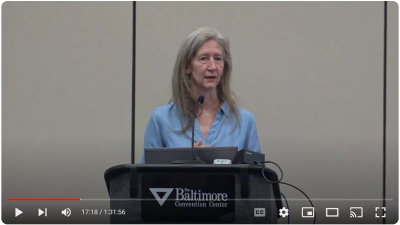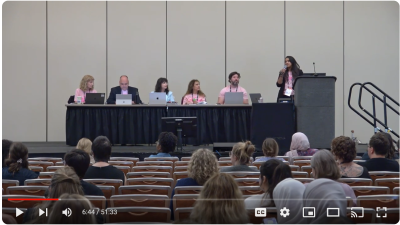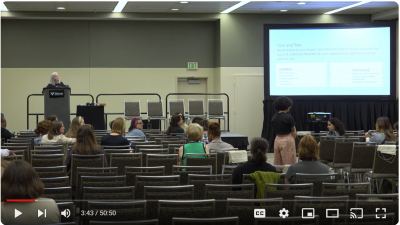Meet Neil Harbisson. He is one of the 1 in 30,000 or so people born each year with a form of complete colorblindness.
You might think of Neil as having a disability–one that impairs, for example, his ability to experience art.
But Neil thinks of himself as a cyborg with augmented sensory capabilities. Why? Because he is. In 2004 Neil had an antenna implanted in his head that enables him to hear color–including wavelengths “normal” people can’t, such as infrared and ultraviolet.
So, is Neil “disabled” or “super-abled?”
This year we celebrated the 25th anniversary of the Americans with Disabilities Act. This legislation was only one step in a long process–now we are challenged to bring the same attention to bear on cognitive disabilities.
But meanwhile, the whole question of disability, accessibility, assistive and augmentive technology is becoming more and more complex. Neil is just one of many people who see themselves, and their abilities (natural or enhanced) as part of an increasingly fluid spectrum.
Your Futurist Friday assignment: watch this video profile of Neil [a smidge over 5 minutes] and:
- See whether you can think of other examples of technologies that are blurring the distinction between people with disabilities, “normal” folk, and people with super powers.
- Walk through a museum and try to imagine what it would be like to be able to “hear” the visual environment.
- Ask yourself, if you could have a new body part (or a new sense) what would it be?!









Comments